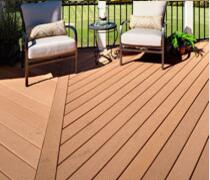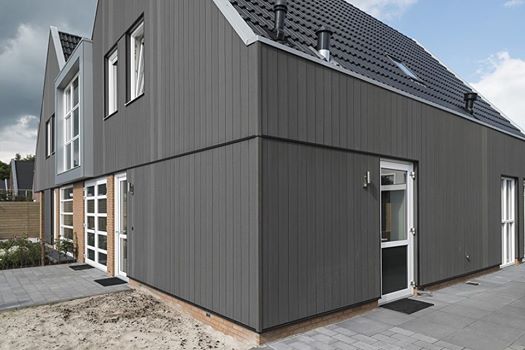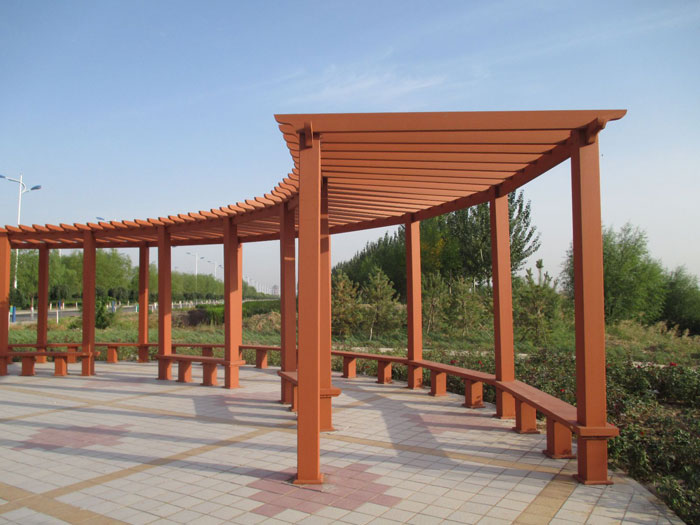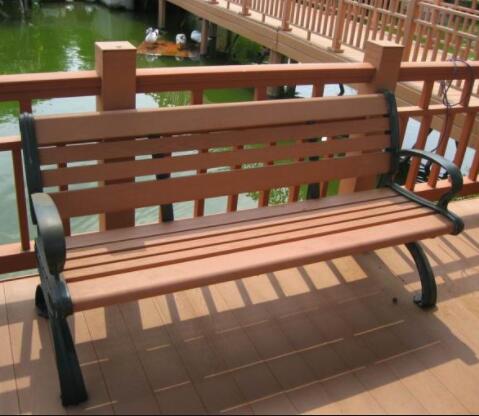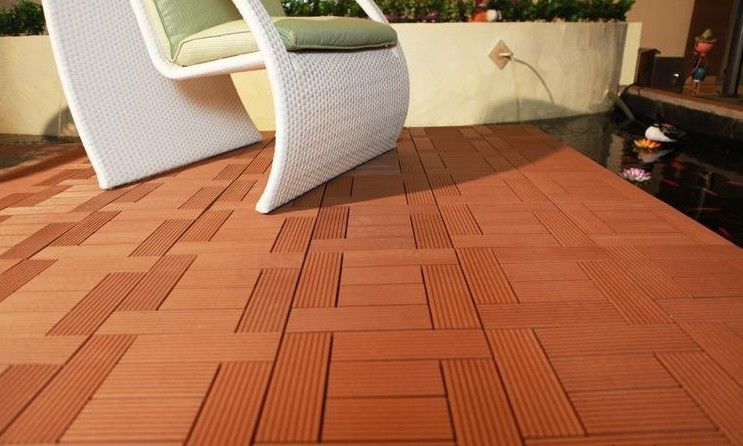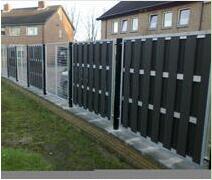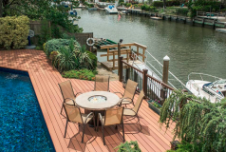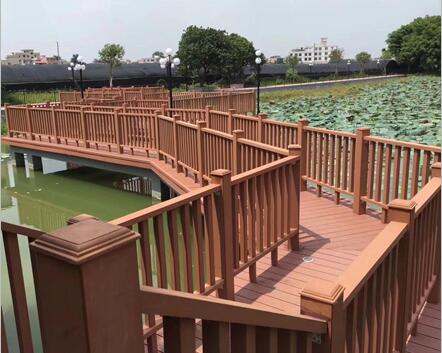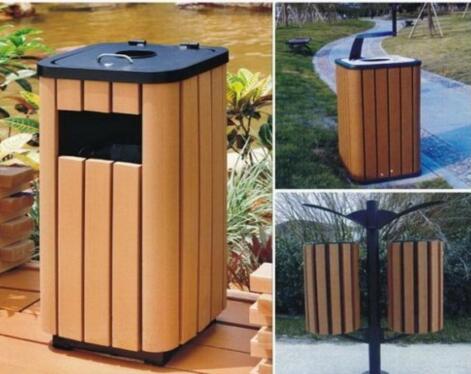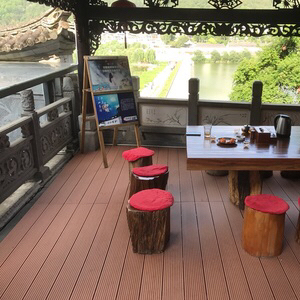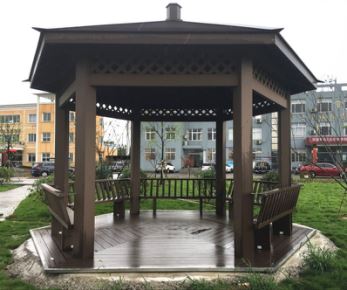Wood-plastic composites (WPCs) are composite materials made of wood fiber/wood flour and thermoplastic(s) (includes PE, PP, PVC, PLA etc.).
In addition to wood fiber and plastic, WPCs can even contain different ligno-cellulosic and/or inorganic filler materials. WPCs area unit a set of a bigger class of materials known as natural fibre plastic composites (NFPCs), which can contain no cellulose-based fiber fillers like pulp fibers, peanut hulls, bamboo, straw, digestate, etc.
Composite decking may be a semisynthetic building product that has AN approximate equal mixture ofrecycled wood fibers and recycled plastic. as a result of composite decking product area unit thus sturdyand run-resistant to rot, they need a way longer lifetime than wood decks. they are doing not need the staining, sanding, sealing, and board replacement that return in conjunction with wood decks. even if they need a lot of initial investment, a composite deck over makes up for that initial value over the lifetime of the deck.
With the numerous blessings of composite decking, like lower maintenance and being immune to mildewand insects, composite decking has been deemed one amongst the most durable decking productson the market nowadays. additionally to those advantages, new capped composite decking is additionally stain and fade resistant, which implies it’s easier to scrub and has terribly high color retention. Maintaining your composite deck requires semi-annual cleaning; simply a fast spray of the hose with a gentle house cleaner can do the trick. Capped composite decking is sealed and is less complicated to scrub if mildew and mildew type on the surface. Since there area unit exposed wood fibers in uncrowned composite decking planks, it may be vulnerable to mildew growth rather like any outside surface. However, improvement your deck sporadically will facilitate keep mildew trapped.
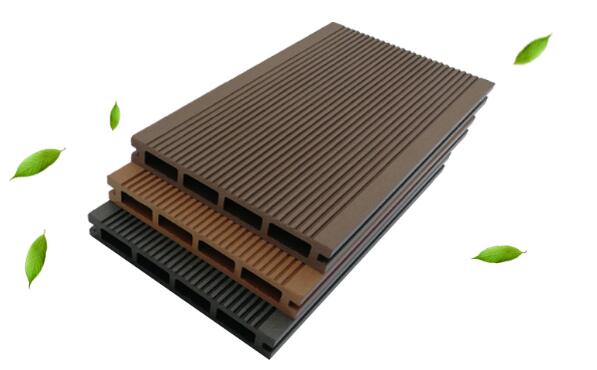
Wood-plastic equipment experts introduce the existing technology, wood plastic products including several forms of molding: extrusion molding, calender molding, injection molding, pressing molding and so on. The process of wood-plastic composites is as follows:
Crushing and crushing of waste plastics, sawdust, straw and other raw materials; mixing treatment of wood powder and plastics;
Due to the use of different processing equipment, the specific process will have corresponding changes.
In the process of calendering forming, the process can be divided into two kinds: one is to put the mixture into the extruder to extrude the sheet through the die, and then to roll into different sizes and specifications of the plate; The other is to mix the material in the opener, after the refining, after the sheet, crushing and then extruding into the sheet. At present, the Calendering method in China has imported foreign production equipment.
In the extrusion process, the forming method and equipment are similar to the common profile and sheet processing technology in plastic processing. The method is as follows: the mixed material is put into the extruder, and the profile or plate with different shape is extruded by die. Extruder can be divided into single screw and twin screw, according to different conditions can choose different extruder. Twin-screw extruder is more and more popular because of its excellent processability and high yield. But the twin-screw extruder has a big disadvantage, that is, the purchase cost of one-time investment is more than 23 times than that of single screw extruder. The role of Mould in forming process Very important, it can be said in wood-plastic processing technology, in addition to formula technology, mold is the second key technology. At present, it can be said that the moulding technology of wood-plastic products in China is still in the stage of development and test, and there is still a lot of research work to be done.
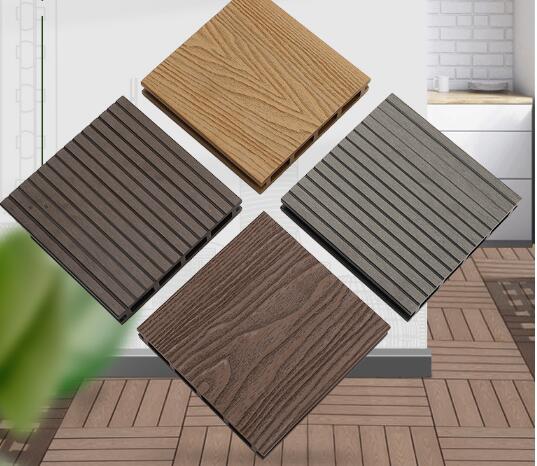
In the extrusion process, extrusion from the die shaped products or plates need to be cooled and finalized. Usually, the type is divided into dry and wet, can also have water cooling and air-cooling form. Which type of stereotype is chosen depends on the condition of the product. If the wood flour content is higher than the plastic ratio, dry type and air cooling form should be selected, otherwise, wet water cooling type should be chosen. However, as wood-plastic technology is a new type of processing and forming technology, several forms of shaping sometimes need to be interchangeable and cross-used, which can be selected flexibly depending on the circumstances and their own technology. Finalized products (including profiles, plates) Generally, it has to pass through a traction device, so that it can be produced stably and continuously, so that the whole extrusion process is completed.
In the above mentioned wood-plastic molding technology, there are three more mature process routes, roughly follow the following process routes, introduced as follows:
Extrusion process
Single screw or twin-screw extruder extrusion process, continuous extrusion of any length of wood-plastic products. The process can be further divided into single extruding and double machine combined extrusion, the purpose of which is to co-extrude a layer of pure plastic on the exterior of wood-plastic products, which can be used for special occasions (E. g., in bathrooms). The use of swimming pools and other places plays a role in preventing slippage.
Hot pressing process
This process can be used to form discontinuous wood products of certain specifications, and the processing process is similar to that of density plate.
Extrusion molding process
Extruder and calender is a process of extruding and pressing. The products formed by this process are mainly plank, the length of sheet is longer than that of hot pressing, and the comprehensive property of extruded sheet is better than that of extrusion. At present, the main equipment used for WPC molding are single screw extruder, twin-screw extruder, calender and pressing processing equipment, mould, also need some auxiliary equipment, including: pulverizer, air compressor, refrigerator and other equipment.
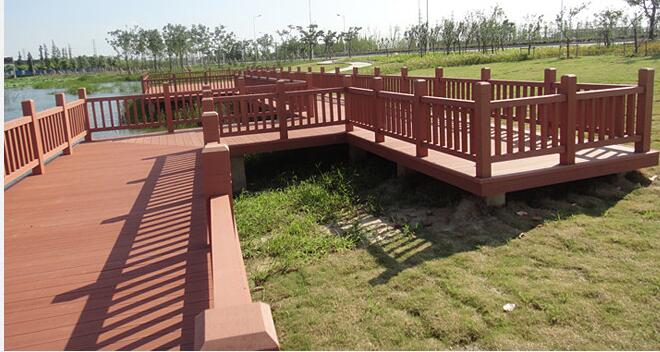
Contact with us by Email: Admin@hanmingwpc.com


